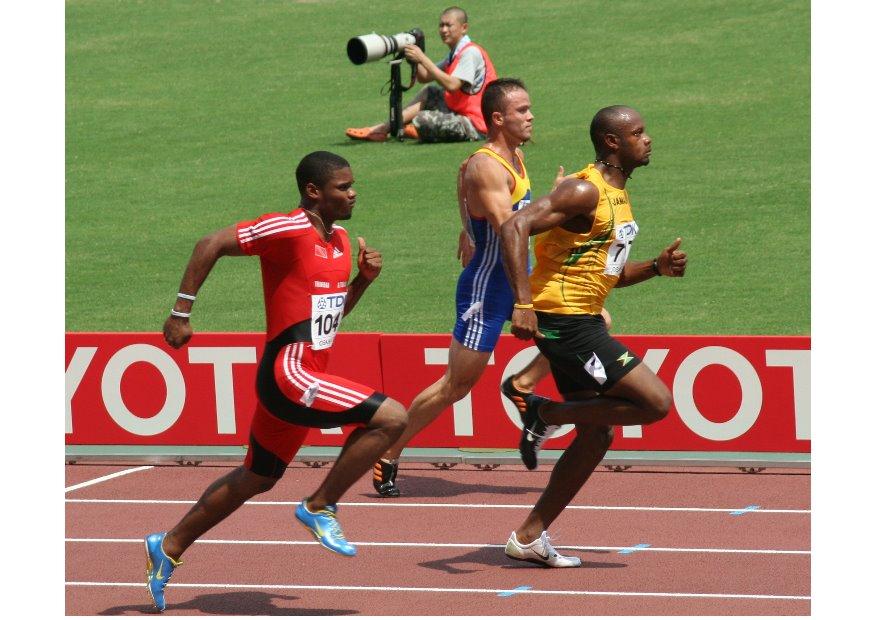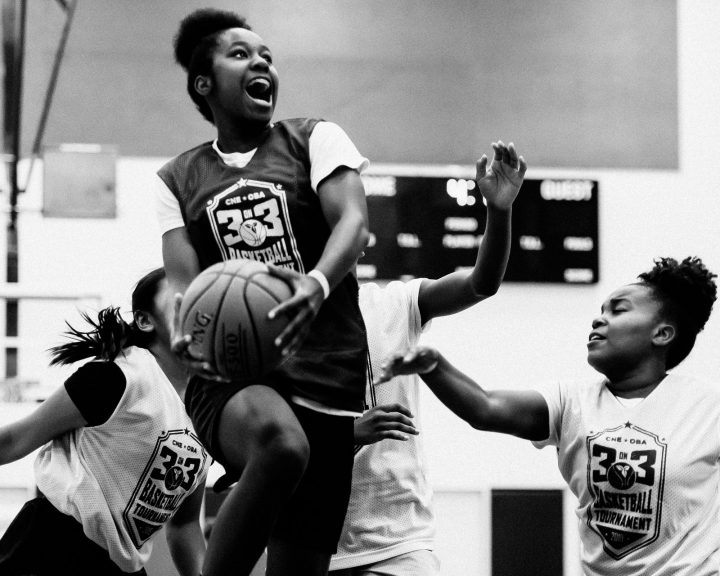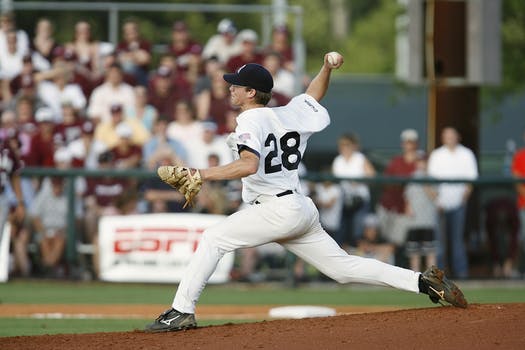A thing that coaches emphasize with athletes, write about it, recruit for it, and prize is having athletes who are competitive. This is also something that is difficult because it is an intrinsic quality, athletes are either competitive or they are not. Over the years I have found that competitiveness is something that is certainly desirable, but it is also a quality that we have to deliberately develop.
Competitiveness is not something that we can just turn on in a game. In fact, that’s often the worst time to see that quality if we have not developed it via practice. The stress of the game, especially when it’s close at the end, often makes athletes shut down. With this blog I wanted to talk about how to develop competitiveness in athletes. I’m going to talk about it in terms of baseball but clearly this can be applied to other sports.
To develop competitiveness, it has to be:
- Taught
- An emphasis
- Part of the team’s culture
- Rewarded
Competitiveness has to be taught:
Competitiveness is a quality that has to be taught. In practice we have to create difficult situations where athletes have to learn to overcome in order to succeed. I’m going to use baseball as an example, but you can easily adapt these thoughts to other sports. In baseball we do this via competitive drills and creating high-stress situations in practice.
Competitive drills:
- With pitchers we do what we call a “pitch out.” In the pitch out we get our pitchers and our catchers. The pitchers will line up and alternate for this drill. The first pitcher calls the pitch and the location. For example, fastball, low and away. Each pitcher then tries to throw this pitch. Any pitchers that misses the location or the pitch (and it has to be a strike) owes a consequence. The first pitcher to throw the correct pitch, in the correct location, which is a strike, gets to call the next pitch. Eventually, pitchers will call pitches they know the other pitches have difficulty with to help win the pitch out.
- I like to do a fielding drill that develops trapping the ball in the glove and firing it to first base. There is a pile of ten baseballs in front of the coach. The athlete gets into the ready position. The coach tosses the baseballs, using both hands, to the athlete. This is a rapid drill that involves trapping the ball, getting rid of it, and then trapping the next ball. It can be timed to make it a competitive drill.
- When possible we will set up teams (the “teams” change every practice) so that they can compete against each other in drills. The losers always have a consequence.
High-stress situations:
If our first experience with a high-stress situation is at the end of a close game, we are going to fail. Athletes have to become used to functioning well in these situations and this is something that we have to train in practice. In baseball we may set up 0-2 situations (i.e. no balls, two strikes) in the batting cages for both the hitters and the pitchers. The hitter has to know how to adjust (we like them to get closer to the plate and choke up) and the pitcher needs to know how to stay calm and finish the batter. We may scrimmage and create a two out, bases loaded situation for the defense to practice finishing the game and for the hitter to be the hero, etc.
Competitiveness has to be an emphasis:
If you work on it in practice and preach it then athletes know that it is something that is important. If it’s an afterthought then athletes understand that it is something that the coach is not serious about. This means that if competitiveness is important, the athletes need to be focused on it.
If being competitive is important, then it needs to be stressed whenever it is demonstrated and it needs to be called out when it is not. For example, last season we were in a close game and we were at the team’s last at-bat and were down three runs. We were also at the bottom of the batting order. The last three batters in the batting order all struck out. It wasn’t that they struck out that got under my skin, it was their body language – head down, shoulders hunched forward, not even trying on the swings. In other words, the moment was too big for them.
After this we had a talk with the team about giving up and about how if we want to be successful, we can’t give up when times are difficult. This became an emphasis of the next few practices, in other words we spent a lot of time on drills and situations to help reinforce the need to perform in high-stress situations.
Competitiveness has to be part of the team’s culture:
I ask my players a question and I’ve done it enough that they finish my sentences for me. The question is, “Are you here to contribute or are you here to hang out and watch?” The athletes I work with are old enough to be able to answer that question for themselves. I ask this because I know who I want on my teams, I know who I want to start, and I know who I want to call on when the game is on the line. I want the person who wants to contribute and wants to embrace the opportunities. When you have a great team culture, your athletes will ask each other this question.
Competitiveness has to be rewarded:
If we emphasize it, teach it, and make it a focus of our culture, then we have to reward this quality when we see it. These are the athletes that need to be our team’s leaders, they need to start and they need to be called on in high-pressure situations. By doing these things we send the message that we are serious about valuing this quality. If we fail to do these things then we send the message that this is just something that we say, we don’t really mean it.



